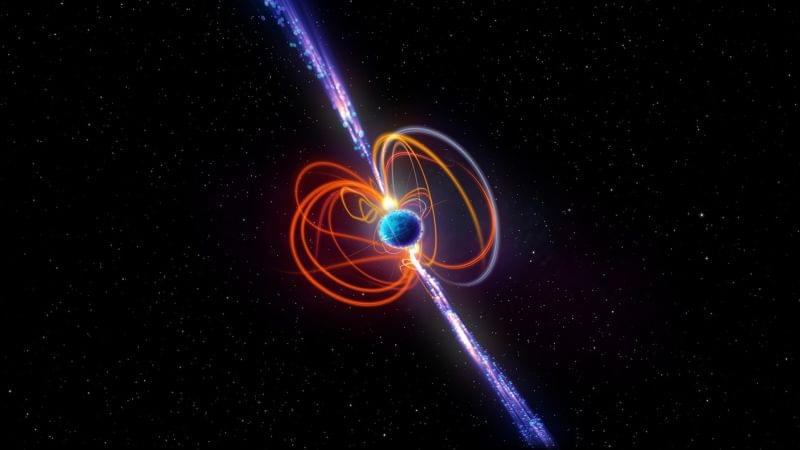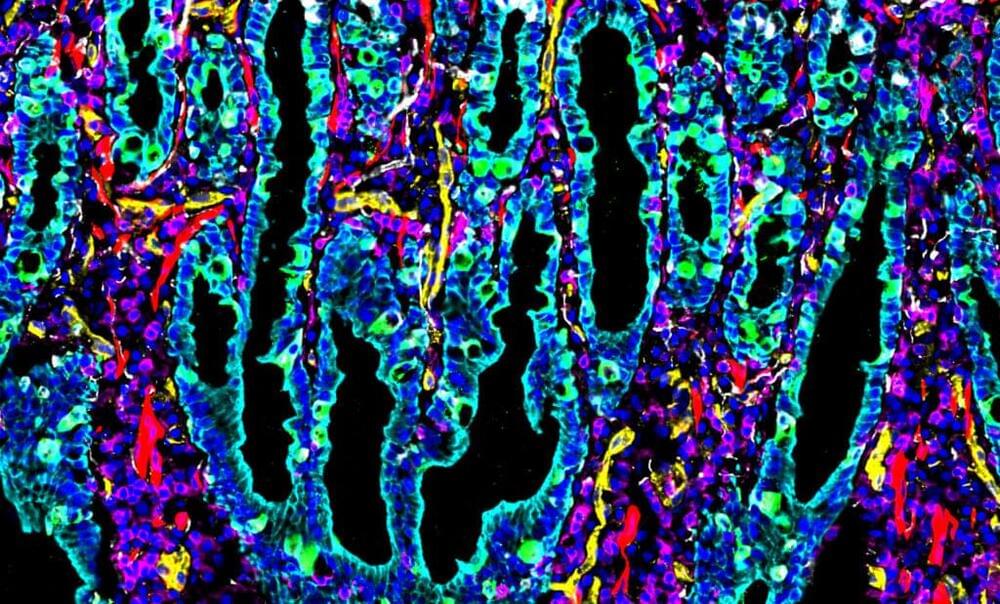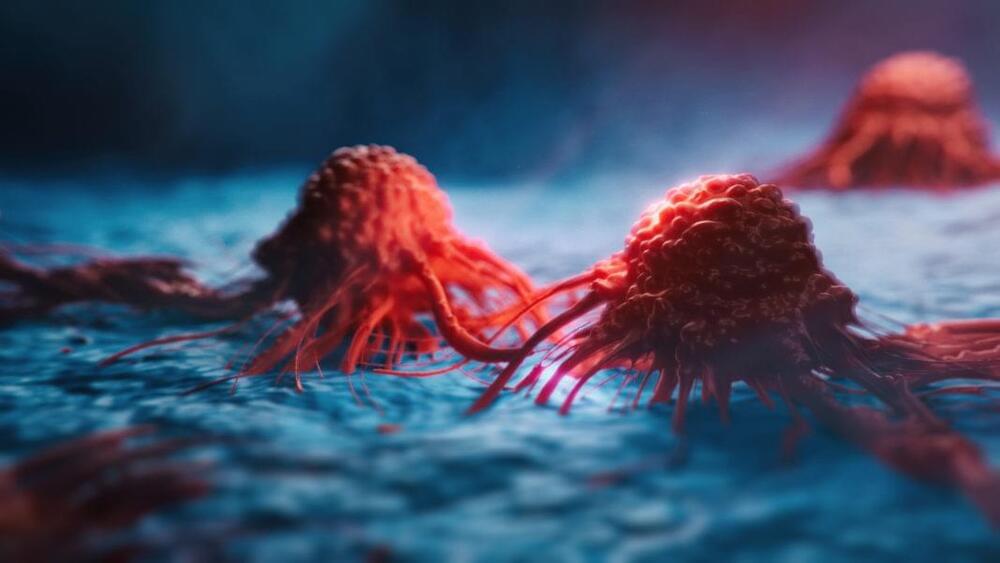Ford cut the price of its F-150 Lightning electric pickup, and its stock price has taken a dive.



James Cameron is weighing in on AI as computer programming continues to mature and become more sophisticated. The director of The Terminator made a call back to the film he also co-wrote and that Arnold Schwarzenegger starred in.
“I warned you guys in 1984, and you didn’t listen,” he told CTV News about AI.

File this under ‘That’s not supposed to happen!’: Scientists observed a metal healing itself, something never seen before. If this process can be fully understood and controlled, we could be at the start of a whole new era of engineering.
A team from Sandia National Laboratories and Texas A&M University was testing the resilience of the metal, using a specialized transmission electron microscope technique to pull the ends of the metal 200 times every second. They then observed the self-healing at ultra-small scales in a 40-nanometer-thick piece of platinum suspended in a vacuum.
Cracks caused by the kind of strain described above are known as fatigue damage: repeated stress and motion that causes microscopic breaks, eventually causing machines or structures to break. Amazingly, after about 40 minutes of observation, the crack in the platinum started to fuse back together and mend itself before starting again in a different direction.



Discussion: Much of the association between happiness and increased life expectancy could be explained by socio-demographic, lifestyle, health and functioning factors, and especially psychological health and functioning factors.
Keywords: Happiness; Longevity; Mortality; Positive affect; Well-being.
© 2023. The Author(s).


Astronomers have discovered a new type of stellar object that could change their understanding of extreme celestial bodies in the universe.
Initially, Curtin University doctoral student Tyrone O’Doherty spotted a spinning celestial space object in March 2018. The unfamiliar object released giant bursts of energy and beamed out radiation three times per hour.
In those moments, it became the brightest source of radio waves viewable from Earth through radio telescopes, acting like a celestial lighthouse.


A natural sugar called mannose is a type of hexose that is abundant in many different types of fruits. Recent studies have demonstrated that mannose has been found to be effective in promoting immune tolerance, suppressing inflammatory diseases, and efficient in suppressing tumors by suppressing glycolysis. However, it is not fully understood how mannose exerts its anticancer activity. Now, a study by Sanford Burnham Prebys and the Osaka International Cancer Institute has shed new light on the anticancer properties of mannose and suggests that mannose could be a helpful secondary treatment for cancer.
The findings are published in eLife in an article titled, “Metabolic clogging of mannose triggers dNTP loss and genomic instability in human cancer cells.”
“Mannose has anticancer activity that inhibits cell proliferation and enhances the efficacy of chemotherapy,” wrote the researchers. “How mannose exerts its anticancer activity, however, remains poorly understood. Here, using genetically engineered human cancer cells that permit the precise control of mannose metabolic flux, we demonstrate that the large influx of mannose exceeding its metabolic capacity induced metabolic remodeling, leading to the generation of slow-cycling cells with limited deoxyribonucleoside triphosphates (dNTPs).”